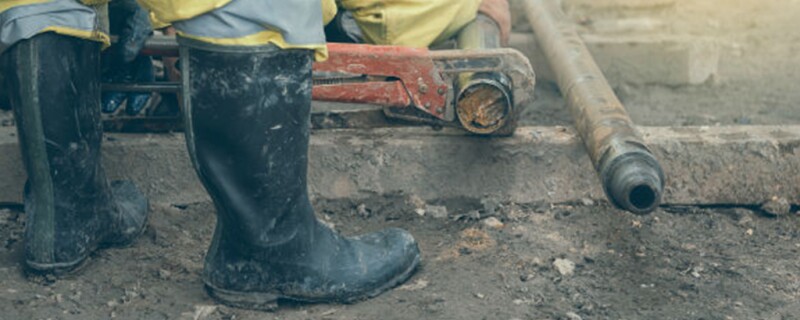Muddy conditions can spring up any time of year, but they’re especially prevalent (and costly) in the spring. The risks to businesses are trifold, including loss of production, equipment issues, and potential for employee injuries.
Delays in work
Let Mother Nature win this round - Sometimes, it’s just too muddy to work. Depending on your project, soil type, and degree of saturation, you may need to focus on other tasks for a period of time like maintenance or safety training.
Environmental concerns - Check erosion control systems around your worksite at least every two weeks and after every rain. Runoff and damage to adjacent properties can be costly consequences for business owners.
Watch the weather - If rain or thawing conditions are in the forecast, plan your work accordingly. Prioritize tasks that will become difficult during muddy conditions, and communicate potential risks with the teams impacted.
Equipment issues
Don’t get stuck - Sounds simple, but moving heavy equipment in wet conditions is tricky. Be extremely cautious against slipping, tipping, and lack of traction. This can seriously damage large equipment, not to mention the cost and time associated with recovering mired machinery.
Organize your site for effective mud management - Gravel, silt fences, wattle, filter socks, and erosion control blankets can help you organize and manage your site by encouraging water flow away from work areas.
Don’t underestimate the weight - It may sound silly, but how much more do your materials weigh when wet? If you’re hauling or lifting supplies, make sure you are taking into account the additional water weight when operating equipment and traveling on roads.
Employee injuries
Slips and falls - Slips and falls are always a concern, and mud can be just as slippery as ice or wet surfaces. Use three points of contact when entering or exiting vehicles and equipment. Feet stuck in mud can lead to falling at awkward angles.
Sprains and strains - Sprains and strains can be more painful than broken bones. When pulling a foot out of mud, don’t yank. Work it back and forth with gentle force to remove it.
Proper footwear - Encourage proper footwear including mud boots with substantial treads. Provide ways for employees to clean mud off their boots before climbing on equipment, and encourage good foot hygiene in wet conditions.
Bonus Tip:
If you have Workers’ Compensation coverage from SECURA, you can speak with a nurse 24/7 for advice on how to evaluate and treat minor injuries like sprains and strains at no cost.






